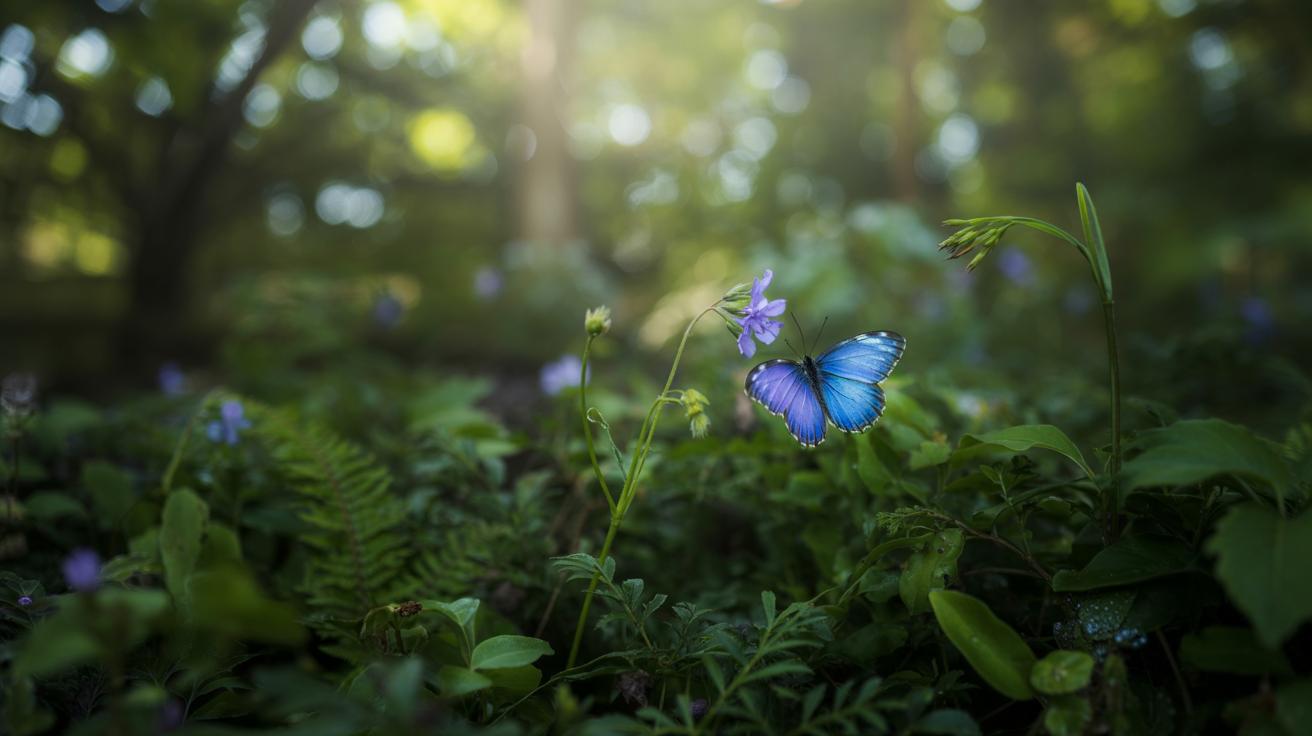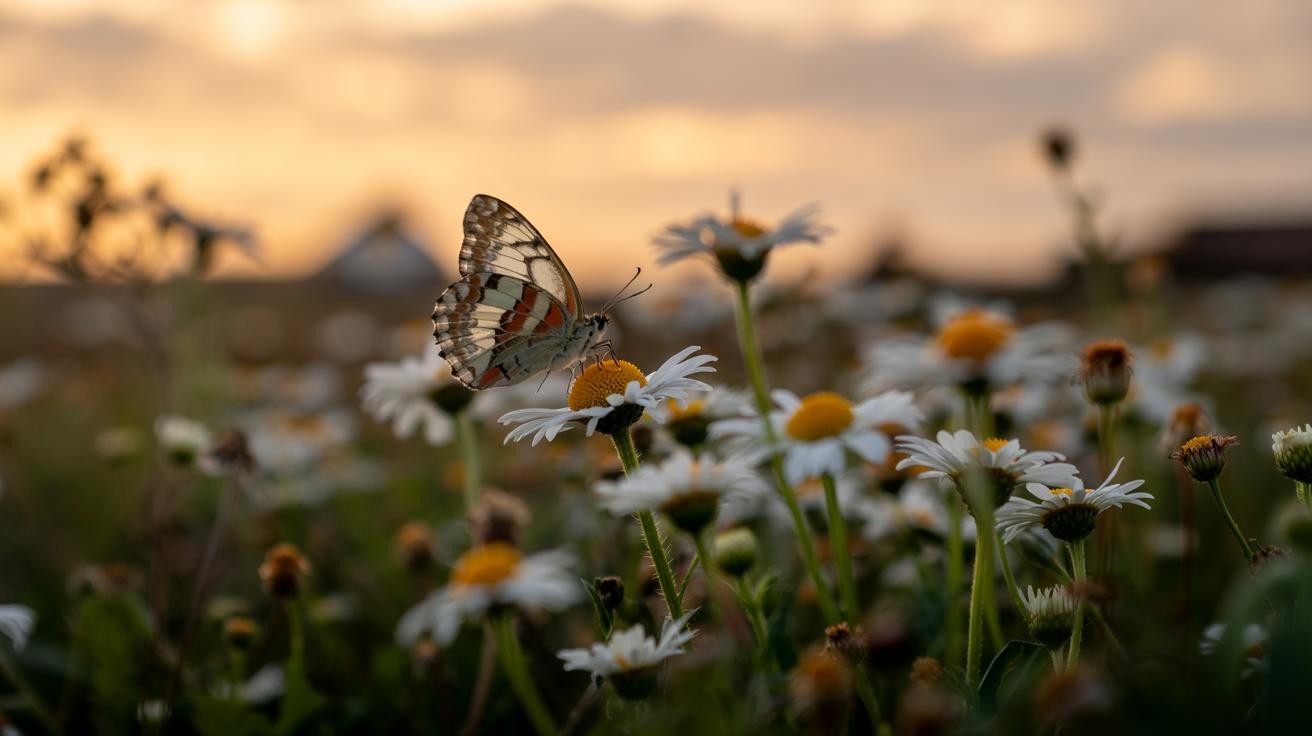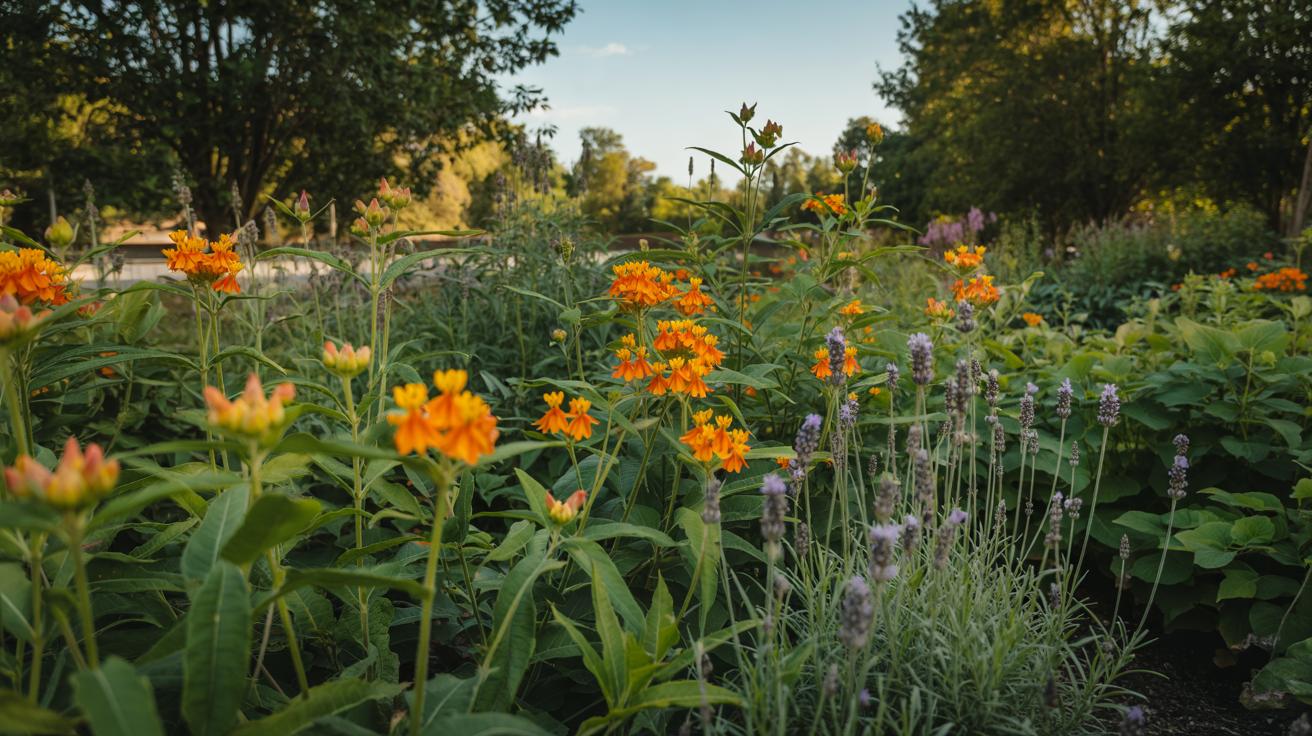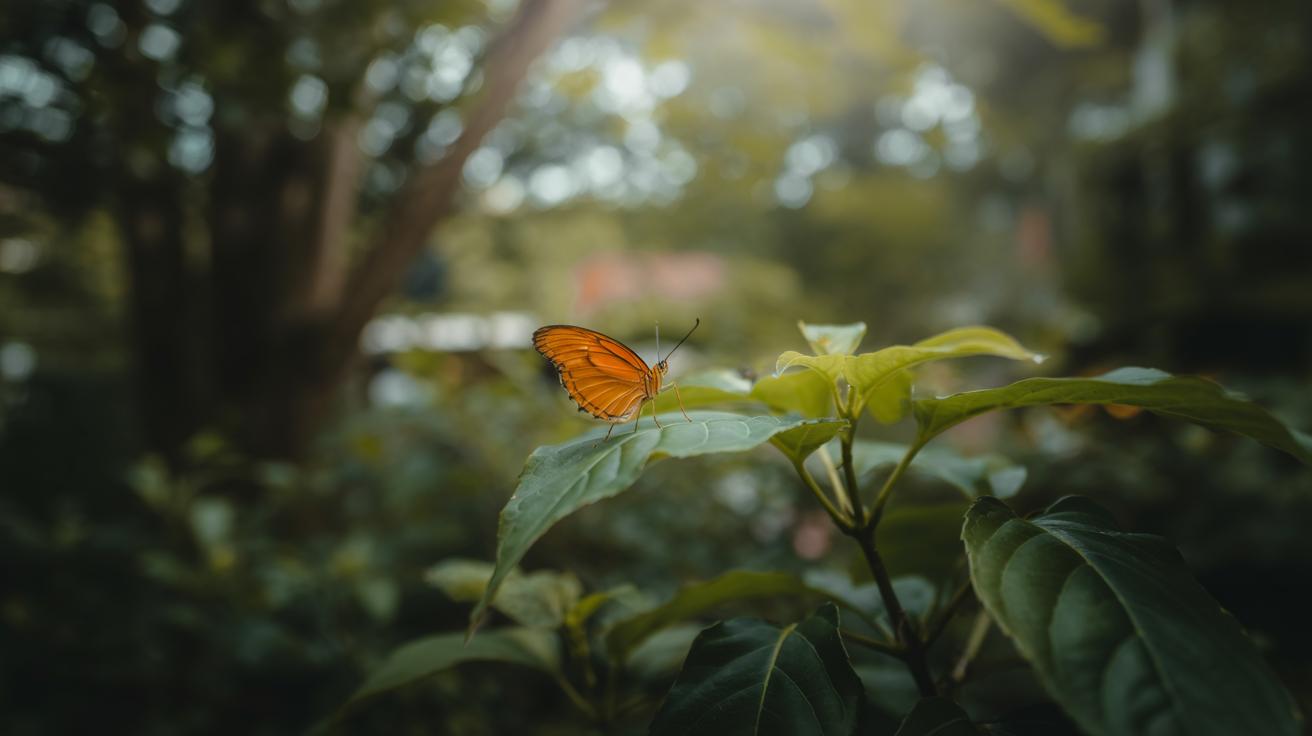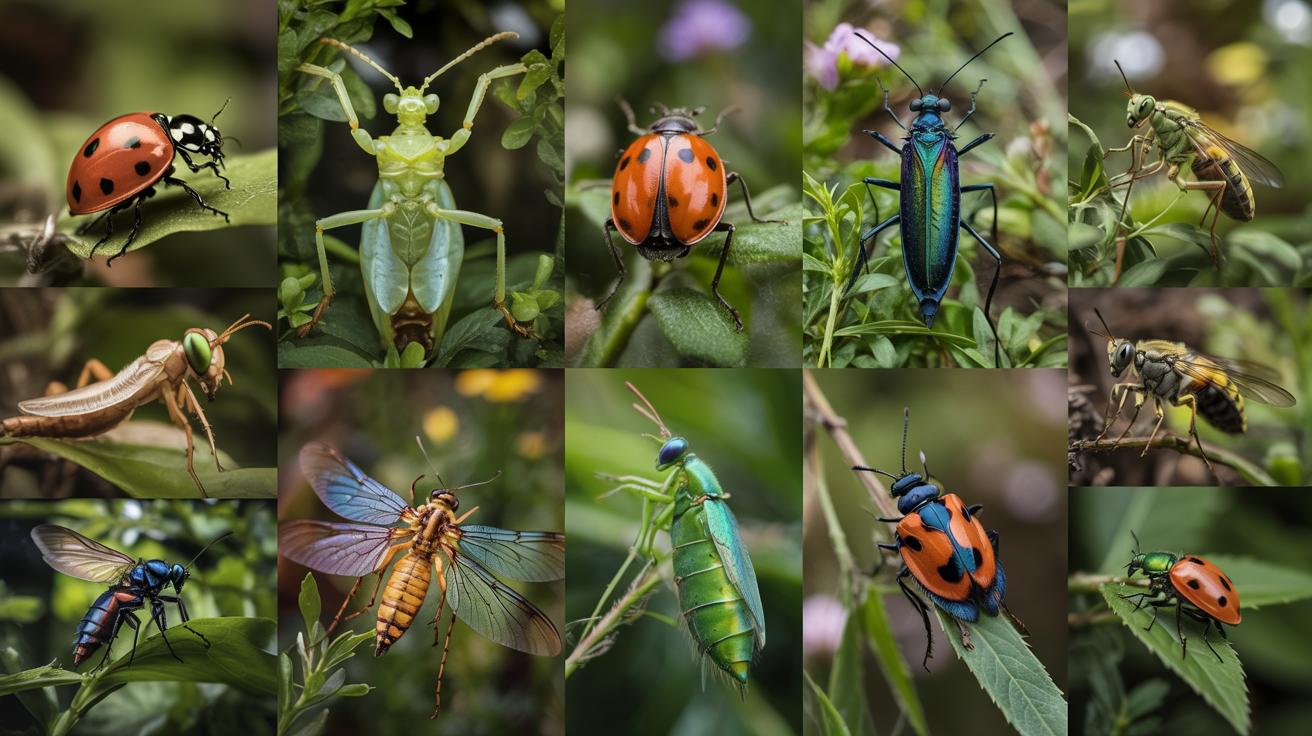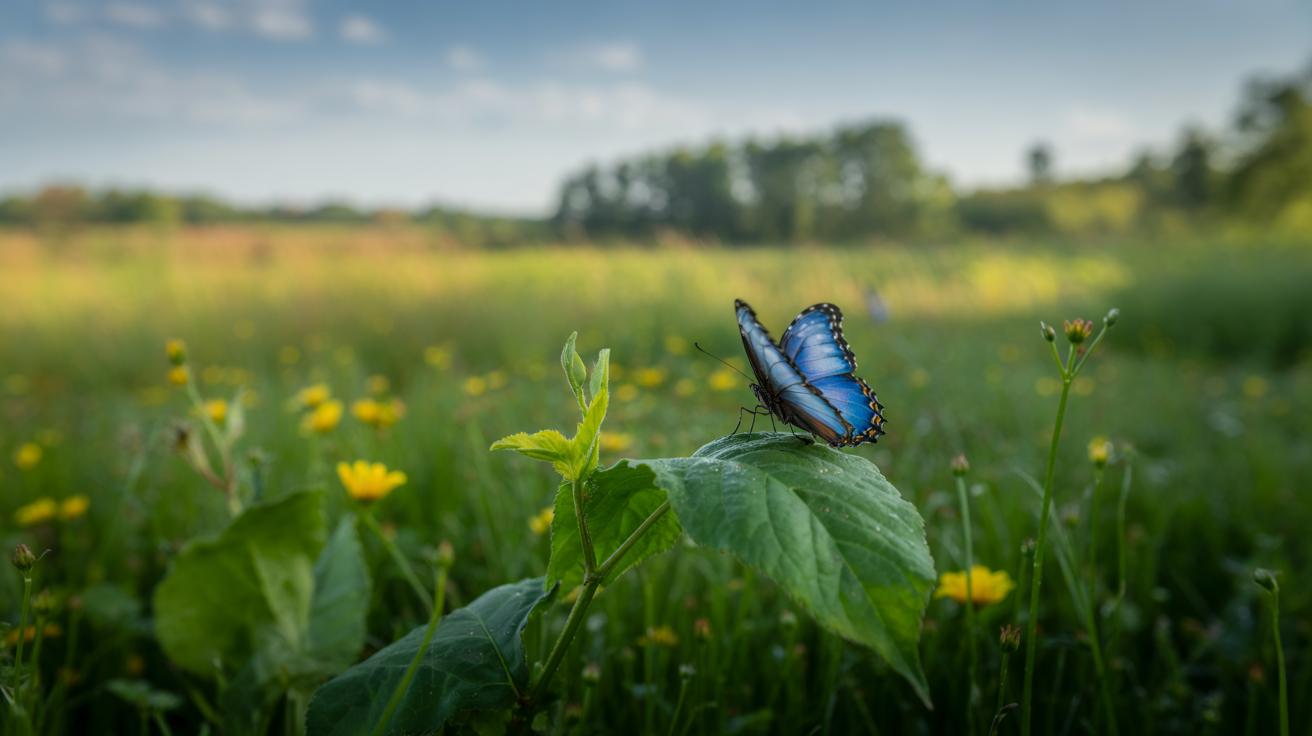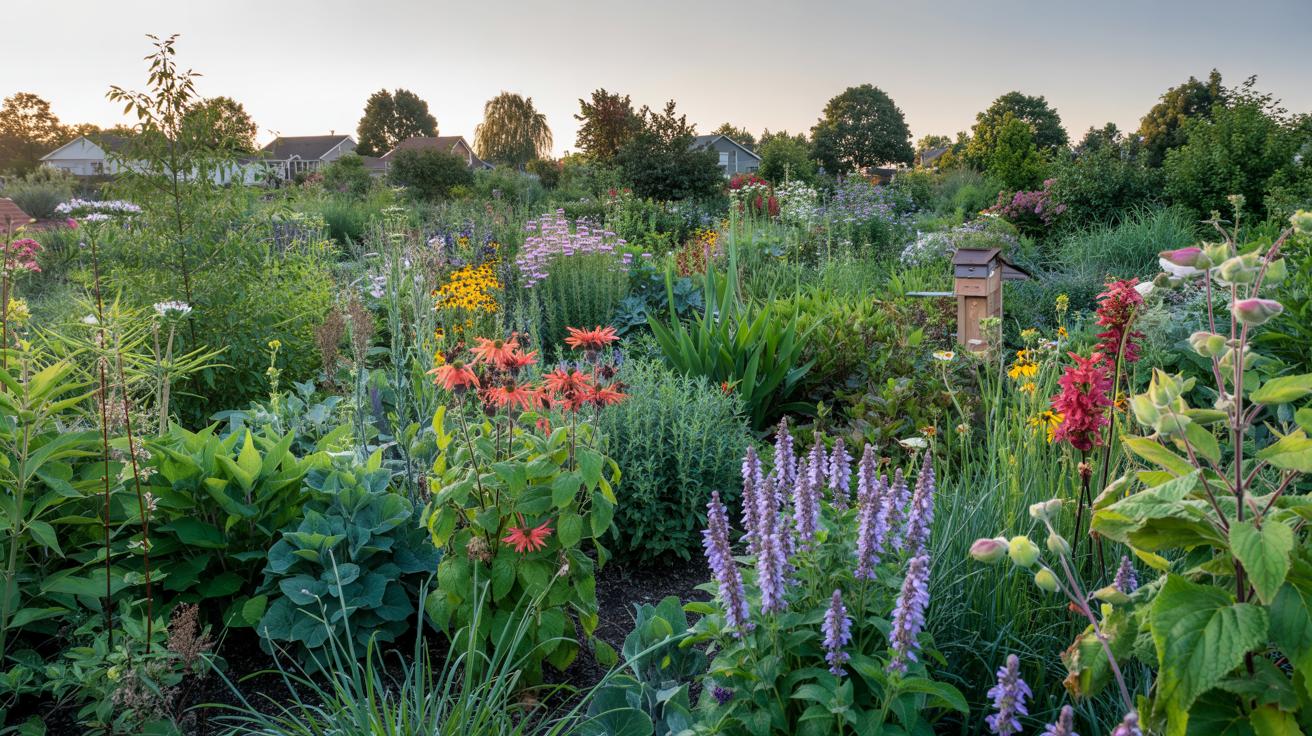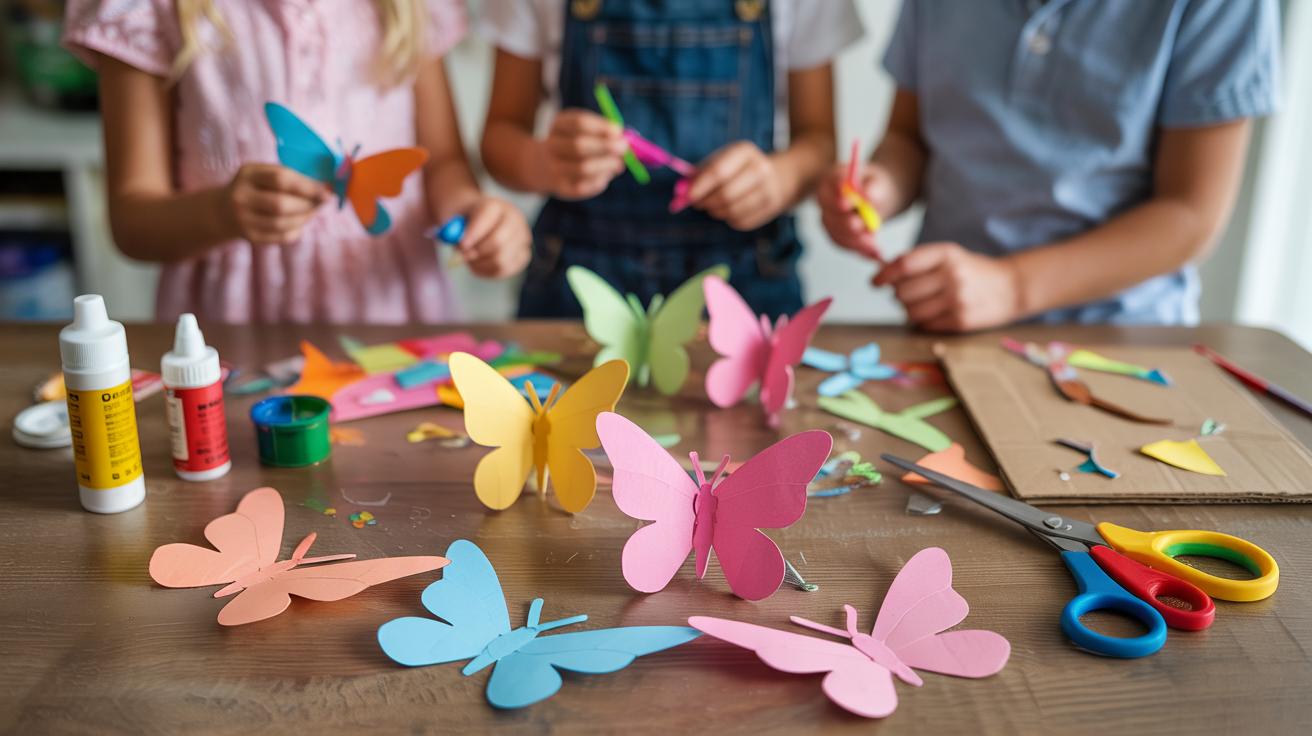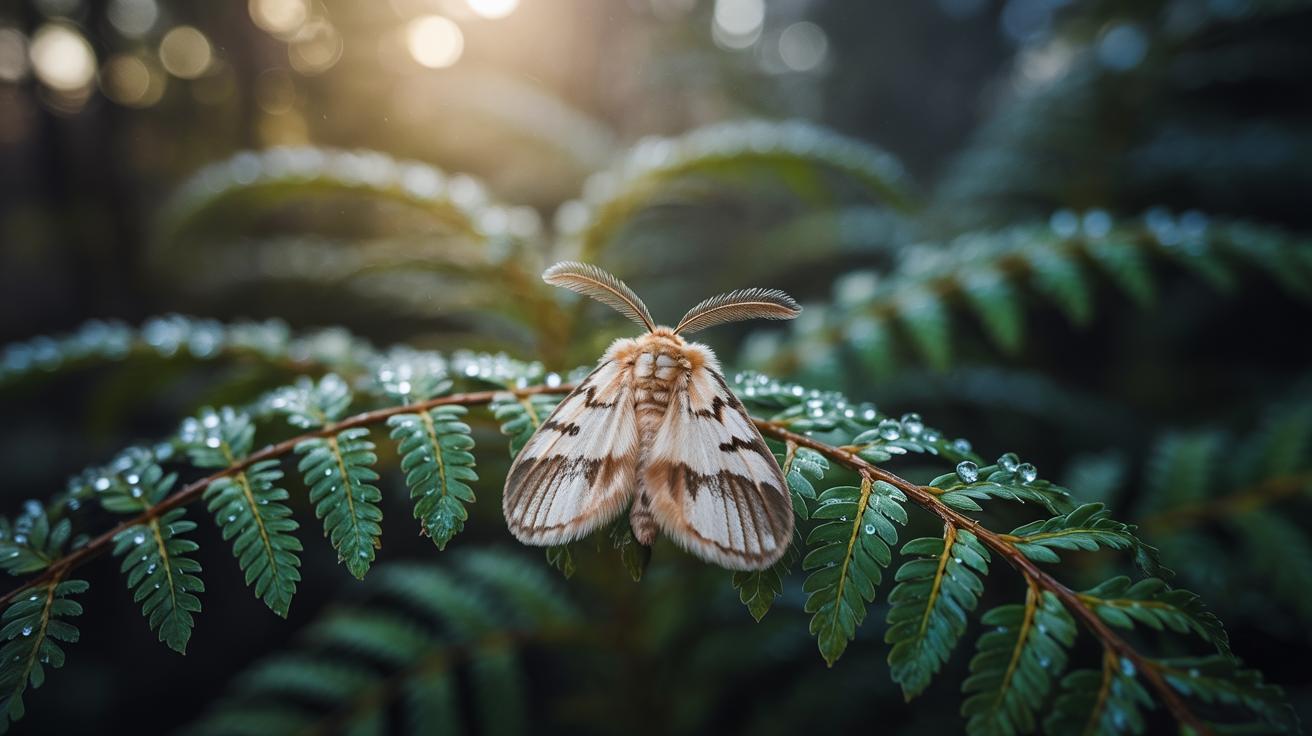Introduction
Blue butterflies capture attention with their striking colors. Many people wonder what makes these butterflies unique. You will learn about their types, habitats, and why they are important. This knowledge helps you appreciate nature’s diversity more deeply.
Worldwide, blue butterflies appear in several genera and species. Some, like the Morpho genus, contain over 29 species mainly found in Central and South America. Others have smaller ranges but are equally fascinating. This article helps you identify and understand these butterflies while encouraging you to observe and protect them.
What Defines Blue Butterflies
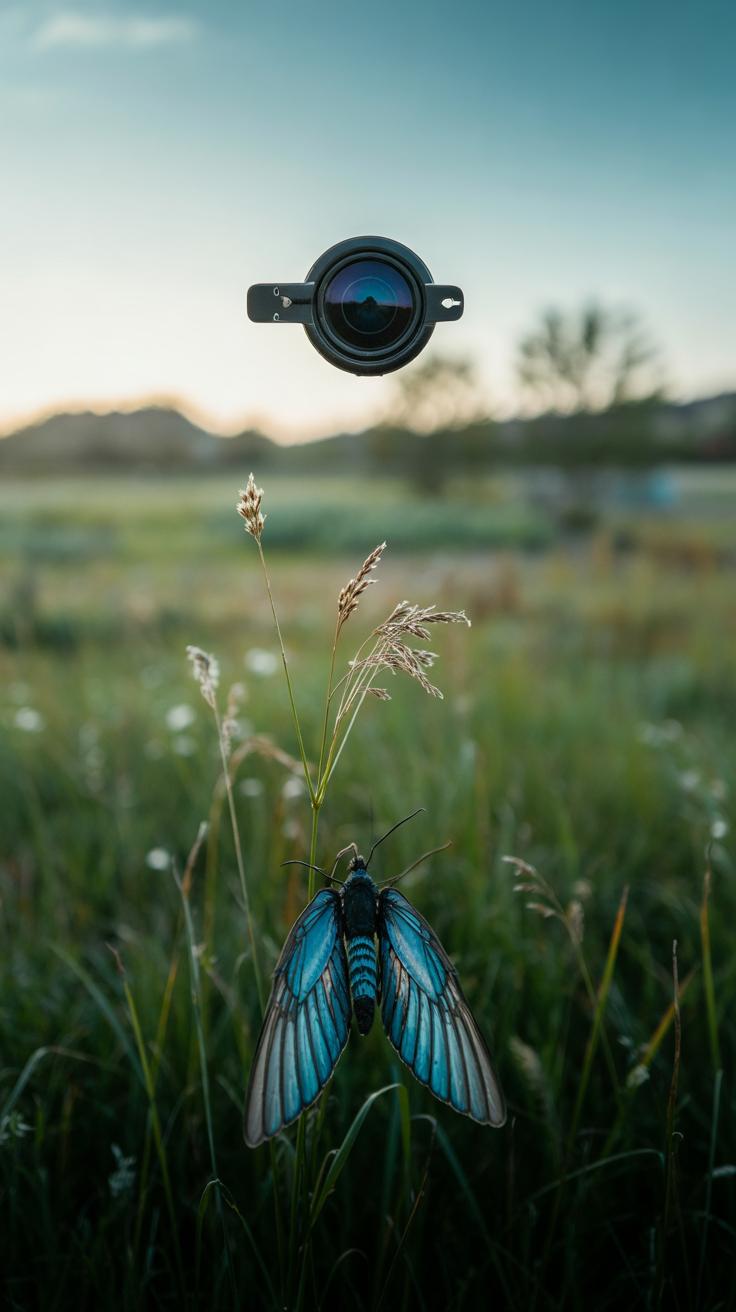
Family and Subfamily Details
The family Lycaenidae includes many small butterflies often called blues, coppers, and hairstreaks. Within this family, the subfamily Polyommatinae is especially known for blue butterflies. Most species in this group are small and delicate. They share common features like slender bodies, thin antennae with slight clubs at the ends, and a quick, fluttering flight style. You will notice how males often show brighter blue shades on their wings, while females may have duller colors or extra markings. These butterflies also have a close relationship with ants, which can protect their caterpillars. If you look closely at blue butterflies in gardens or fields, many belong to these groups.
Color and Habitat
Blue butterflies mostly show shades of blue ranging from pale sky blue to deep metallic blue. Some species mix blue with black or white spots and lines on their wings. Others have iridescent scales that change color with light angles. Their wing patterns help them blend in or signal to mates. You will find blue butterflies in open grassy areas, forest edges, and even mountain slopes. They prefer places with plenty of flowers for nectar and host plants for their caterpillars. In these environments, blue butterflies are active during sunny days and often rest with wings closed, revealing brown undersides with spots that look like eyes. Have you noticed how their colors sometimes vanish when they rest? That’s part of how they survive in nature.
The Morpho Genus and Its Blue Beauties
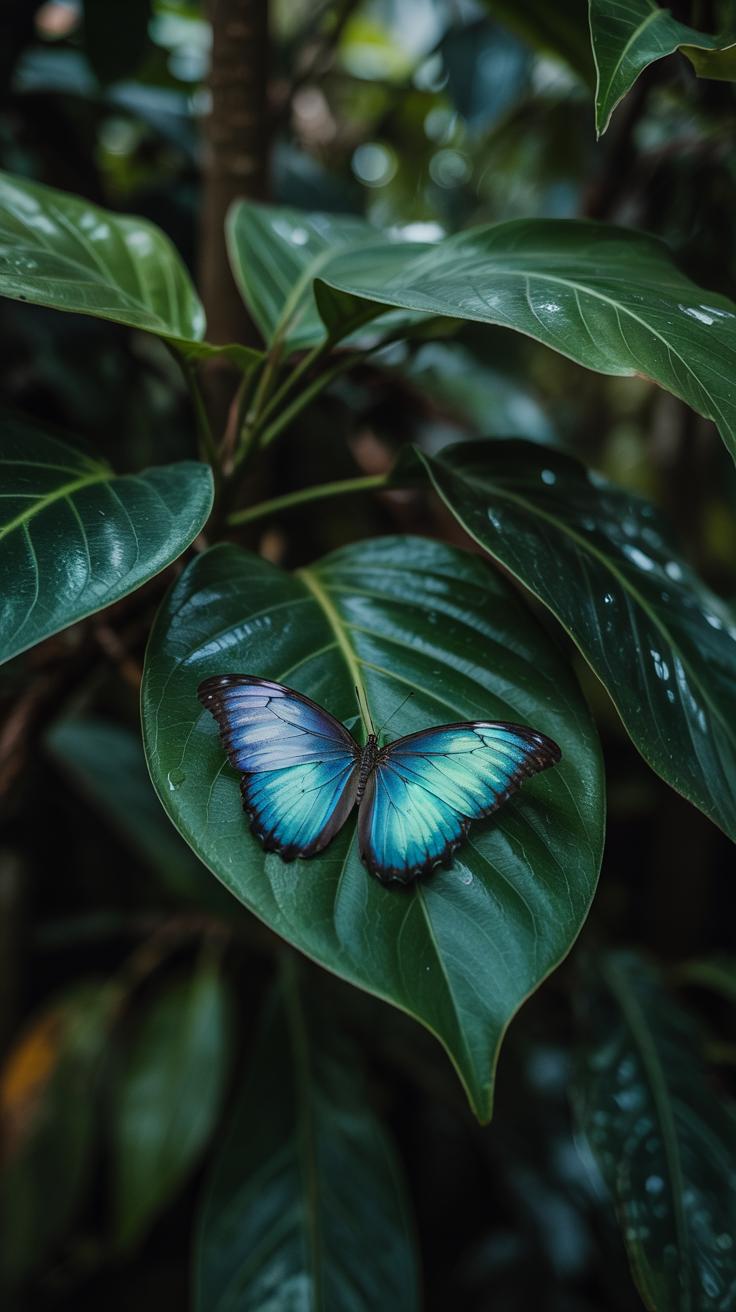
The Morpho genus holds some of the most stunning blue butterflies mainly found across South and Central America. Morpho butterflies often measure between 3 to 6 inches in wingspan, placing them among the larger butterfly species. Their upper wings shine with vivid, iridescent blue that changes depending on the light and angle.
While many species share this bright blue appearance, some exhibit varying patterns along their wings’ edges, such as black borders or eye spots. These patterns help the butterflies survive by confusing predators. You’ll find Morpho butterflies inhabiting rainforests, where their striking colors stand out against dense green foliage. Countries like Brazil, Costa Rica, and Peru host a wide array of these beautiful insects.
Species Variety and Appearance
The Morpho genus includes around 29 recognized species and numerous subspecies with clear differences in size and wing design. The Morpho menelaus has broad, almost solid blue wings, while Morpho peleides features blue wings bordered with black and occasionally white spots.
Wing color intensity varies by species and individual. Some morphos reflect almost metallic light, while others show a softer blue shimmer. These butterflies also differ in flight style—some glide smoothly, and others flap quickly. How would you identify a Morpho if you saw just a glimpse of its wing in flight? Taking note of these traits sharpens your observation skills.
Threats and Conservation
Morpho butterflies face serious challenges, especially habitat loss from deforestation. As rainforests shrink, their living spaces disappear rapidly. Human collection also threatens certain species prized by collectors for their brilliant wings. This over-collecting can reduce populations faster than butterflies can reproduce.
Conservation programs work to protect habitats and regulate butterfly trading. Some reserves in Costa Rica, for example, provide safe zones where morphos can thrive. Rearing morphos in captivity for education and controlled trade helps reduce wild capture. You might wonder how your interest in these butterflies can help. Supporting conservation projects and choosing butterfly-friendly products contributes to protecting these blue beauties for future generations.
Common Blue and Large Blue Butterflies Explained
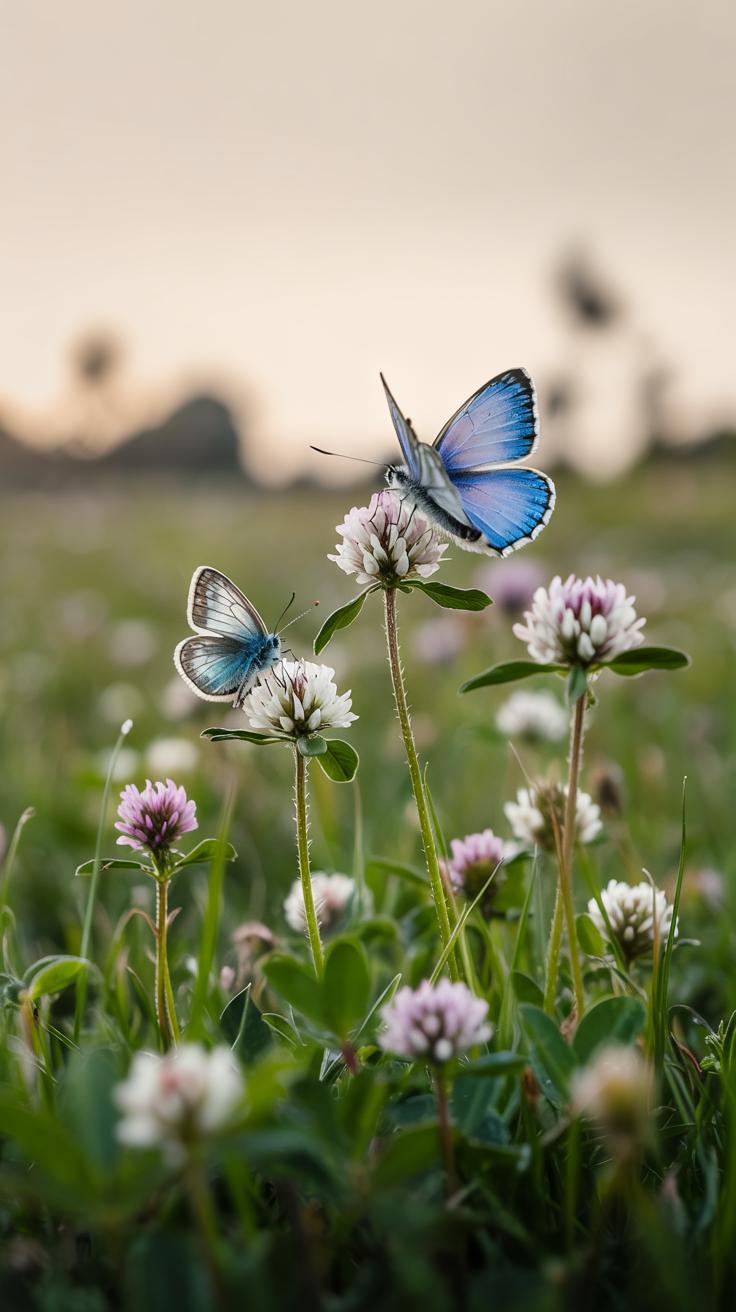
The Common Blue (Polyommatus icarus) is a small butterfly with a wingspan of about 1.2 to 1.5 inches. It thrives in meadows, grasslands, and roadsides across Europe and parts of Asia. Males display vivid blue upper wings, while females tend to have more brown with hints of blue. The Large Blue (Phengaris arion) is bigger, with a wingspan close to 1.8 inches. This species prefers chalk grasslands and limestone hills, mostly found in Europe. The Large Blue has a fascinating life cycle involving ants, which play a critical role in its development. Both butterflies showcase different survival tactics connected to their size and habitat preferences. How do you think size influences their ability to adapt in these environments?
Life Cycle and Behavior
Both butterflies start as eggs laid on the host plants. The Common Blue lays eggs on clovers and legumes. Larvae feed on these plants for several weeks, then pupate on foliage. You might notice Common Blues fluttering close to the ground, often feeding on nectar from wildflowers. The Large Blue has a complex behavior; after feeding as larvae, it drops to the ground and is taken up by specific ant species into their nests. Inside, the caterpillar mimics ant larvae, tricking ants into caring for it. This parasitic relationship lasts until the butterfly emerges. Observing these behaviors reveals how different strategies help these butterflies survive and reproduce.
Habitat Needs and Distribution
The Common Blue favors open, sunny areas with abundant flowering plants. Its range spans most of Europe, parts of Asia, and northern Africa. It adapts well to varying climates but needs specific plants for larvae. You can often find it in urban parks, which shows its flexibility. The Large Blue has stricter habitat needs. It depends on chalk grasslands with a presence of the right ant species. This restricts its distribution mainly to select regions in Europe, such as southern England and parts of central Europe. Habitat loss has shrunk its range. How important is it to protect these special habitats to save species like the Large Blue?
The Small Blue and El Segundo Blue Butterflies
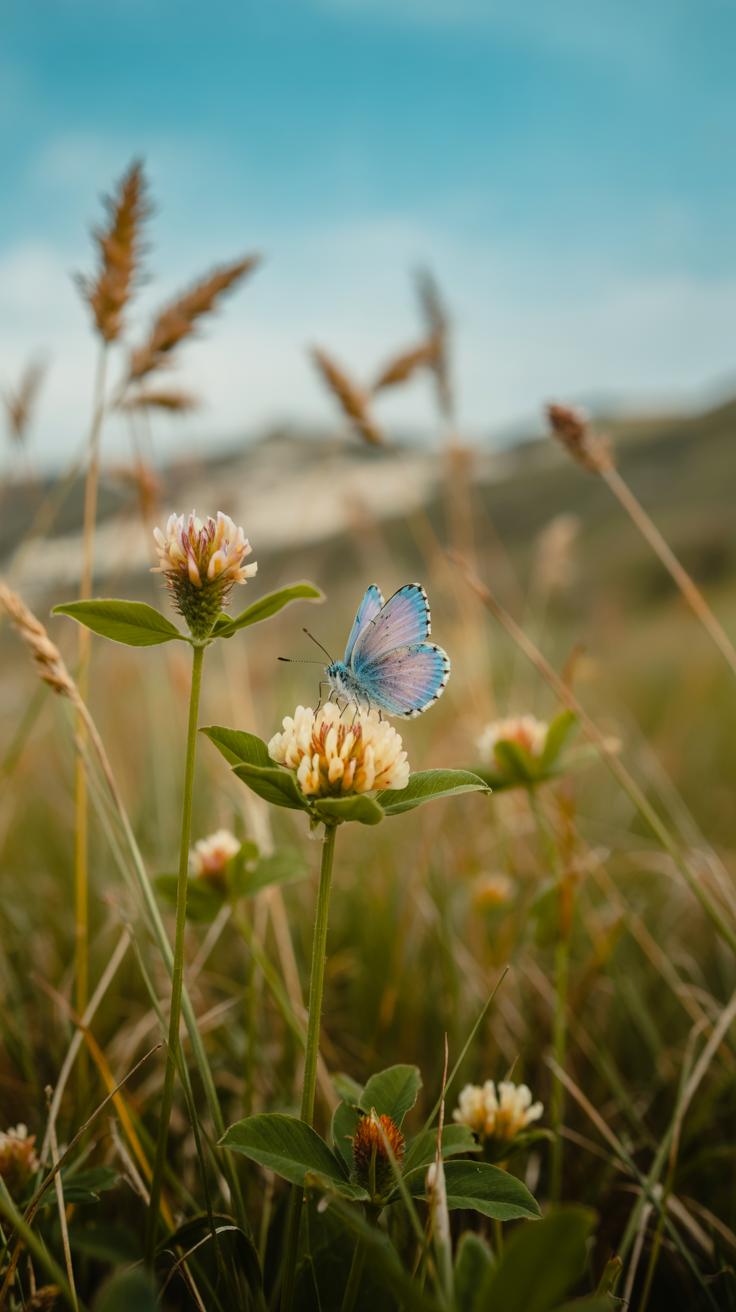
The Small Blue (Cupido minimus) holds the title of Europe’s smallest blue butterfly. Its wingspan usually measures between 18 to 29 millimeters, making it easy to overlook when out in nature. The El Segundo Blue (Euphilotes battoides) is slightly larger, with a wingspan around 22 to 29 millimeters. Despite their size, both butterflies show striking, bright blue upper wings in males, while females tend to have more muted colors with grayish or brownish edges.
These butterflies’ small size makes detailed observation rewarding. The Small Blue often has a subtle black border on its forewing edges, and its underside shows small black spots surrounded by white halos. The El Segundo Blue features a pale underside with orange spots near the hindwing. Spotting these characteristics helps you tell them apart from other blues, especially during field visits or butterfly surveys.
Size and Identification
You can identify the Small Blue by its tiny frame and a light blue shine on male wings. Females display a duller gray tone. Looking closely, you’ll notice fine black spots on the wing undersides that separate it from similar species. The El Segundo Blue appears a bit larger and has a more noticeable orange pattern on its hindwings.
Both species show delicate, narrow wing shapes. If you use binoculars or a close-up camera, these markings will become clear. Being aware of these details lets you appreciate their subtle beauty and helps avoid confusion with related blues or other small butterflies.
Range and Conservation Status
The Small Blue lives across much of Europe and parts of Asia. It prefers chalky grasslands and calcareous soils, where wild thyme grows. Because of habitat loss due to farming and urban growth, some local populations have declined. Conservation efforts include protecting grasslands and encouraging native plants to support their lifecycle.
The El Segundo Blue is native to a narrow strip along the coast of Southern California, primarily around Los Angeles. This species has faced threats from habitat destruction, especially from coastal development. Organizations now focus on preserving dunes and open spaces that grow its host plants. Could your local grassland protect a fragile species? Observing and reporting these butterflies can contribute to ongoing conservation.
Mission Blue Butterfly and Its Status
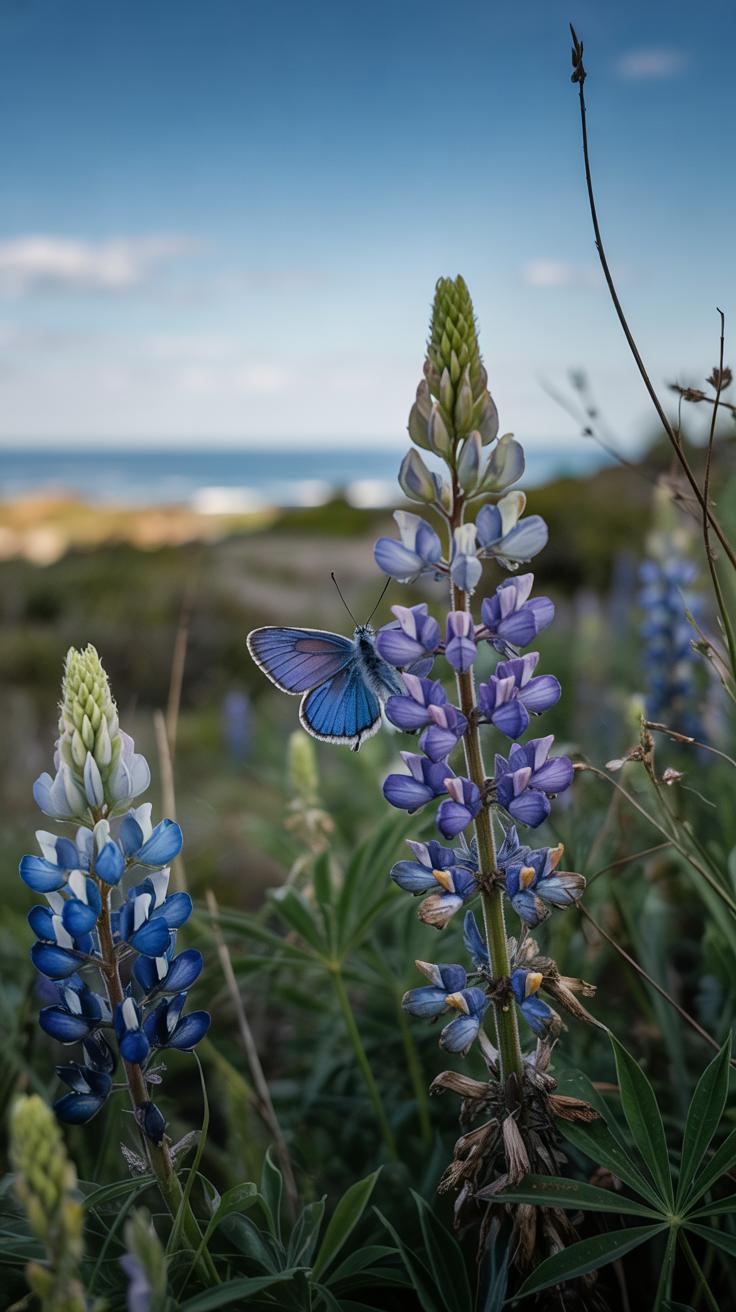
The Mission blue butterfly (Icaricia icarioides missionensis) lives in a few coastal spots in California. Its range is limited, making the species vulnerable to changes in its environment.
This butterfly faces a serious threat of extinction. You might wonder why a small insect carries such importance. Protecting it means preserving a piece of natural heritage and the ecosystems it supports.
Physical Description
Male Mission blue butterflies feature bright blue wings with narrow black edges. Their undersides are light gray to tan with small black dots. Female wings look mostly brown with some blue tones near the body and orange spots along the edges.
Both sexes measure about one inch across, but their distinct coloring helps you tell them apart easily. These markings also help the butterfly blend into its coastal scrub environment when resting.
Conservation Challenges
The Mission blue butterfly’s decline links directly to habitat loss. Urban development and invasive plants disrupt the growth of lupine, the only plant its caterpillars feed on. Without lupine, the butterfly cannot survive.
Efforts to protect the Mission blue include habitat restoration and controlling invasive species. Organizations work with local communities to plant lupine and fence off breeding sites. You might ask how individuals can help: supporting local conservation groups and spreading awareness makes a difference.
Why Blue Butterflies Matter Ecologically
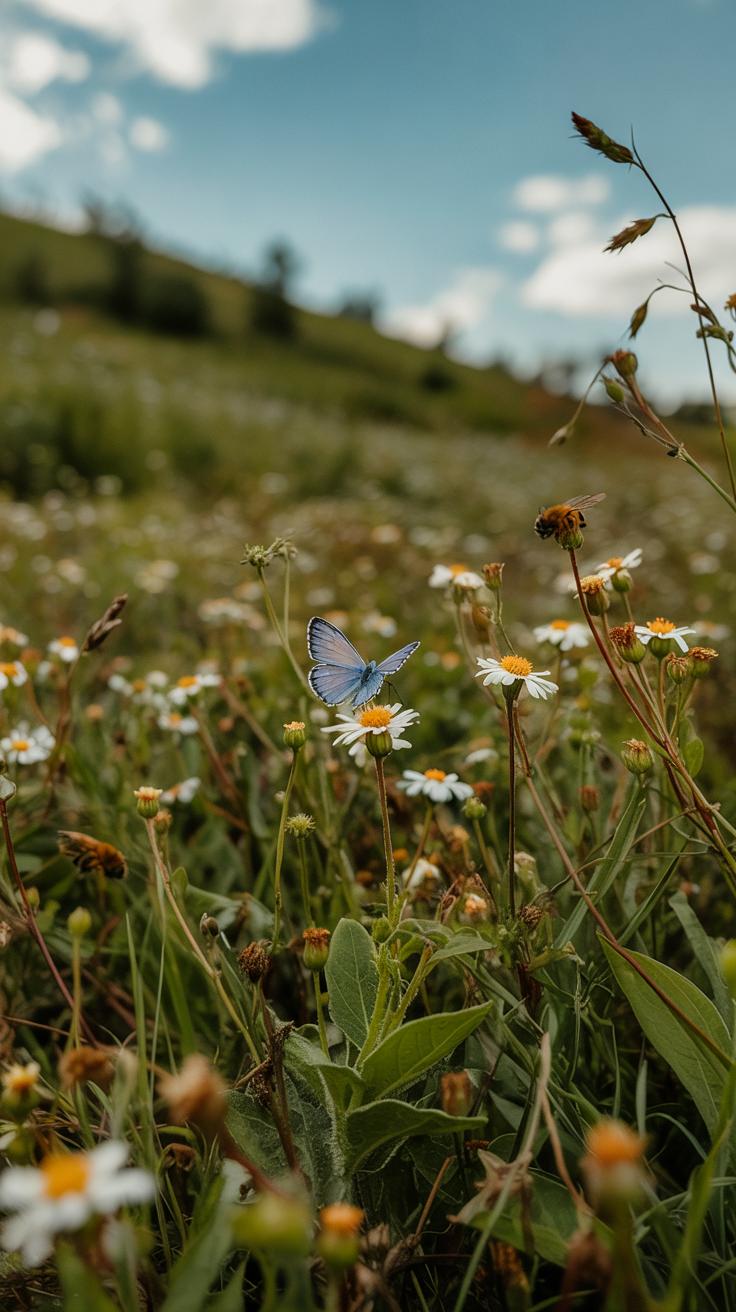
Blue butterflies play clear roles in maintaining the balance of nature around you. Their presence supports plant life by helping many flowers spread pollen. When you watch a blue butterfly land on a flower, it helps that flower produce seeds for new plants. This process keeps ecosystems healthy and diverse.
Different blue butterfly species interact with specific plants. For example, the common blue butterfly often visits clover and bird’s-foot trefoil, helping these plants grow. Your local garden or park might rely on these visits more than you realize. These tiny pollinators contribute to the survival of multiple plant species.
Food webs rely on blue butterflies too. Birds, spiders, and small mammals often include these butterflies in their diets. The relationship ties blue butterflies to other animals. If blue butterfly populations fall, animals that depend on them for food may struggle. Have you ever noticed what birds come after butterflies in your area? Understanding this can help you see the bigger picture in nature’s network.
Pay attention to blue butterflies on your next walk. Their presence signals a balanced environment where plants and animals coexist. Protecting these insects means supporting cleaner air, thriving plants, and healthy food chains near you.
Pollination and Ecosystem Roles
Blue butterflies serve as active pollinators for many native plants. They visit flowers for nectar and carry pollen from one bloom to another. This movement encourages seed formation and new plant growth. In dry or fragile habitats, these insects help keep plant communities alive and thriving.
Their daily journeys connect patches of flowers across fields or woods. Some blue butterflies even have close relationships with specific plants, increasing the survival chances of both. Without these pollinators, flowers would face trouble reproducing, which can weaken the entire ecosystem.
Pollination by blue butterflies supports food sources for other animals too. When plants flourish, herbivores and insects have more to eat. Your attention to where blue butterflies feed can reveal the health of nearby plants.
Food Web Connections
Blue butterflies serve as important links within their food webs. Birds such as flycatchers and sparrows hunt them during the day. Spiders often capture them when blue butterflies rest or feed. Some wasps and beetles also prey on their caterpillars.
These predator-prey relationships help control butterfly populations, preventing any one species from becoming too dominant. This balance maintains healthy numbers of butterflies and their predators. When you spot a blue butterfly, remember it supports not just plants but several animal species.
How might a decline in blue butterfly numbers affect the animals that hunt them? Observing these connections helps you appreciate the delicate balance in ecosystems. Protecting blue butterflies means supporting entire food chains, not just a single species.
Tips for Observing Blue Butterflies in Nature
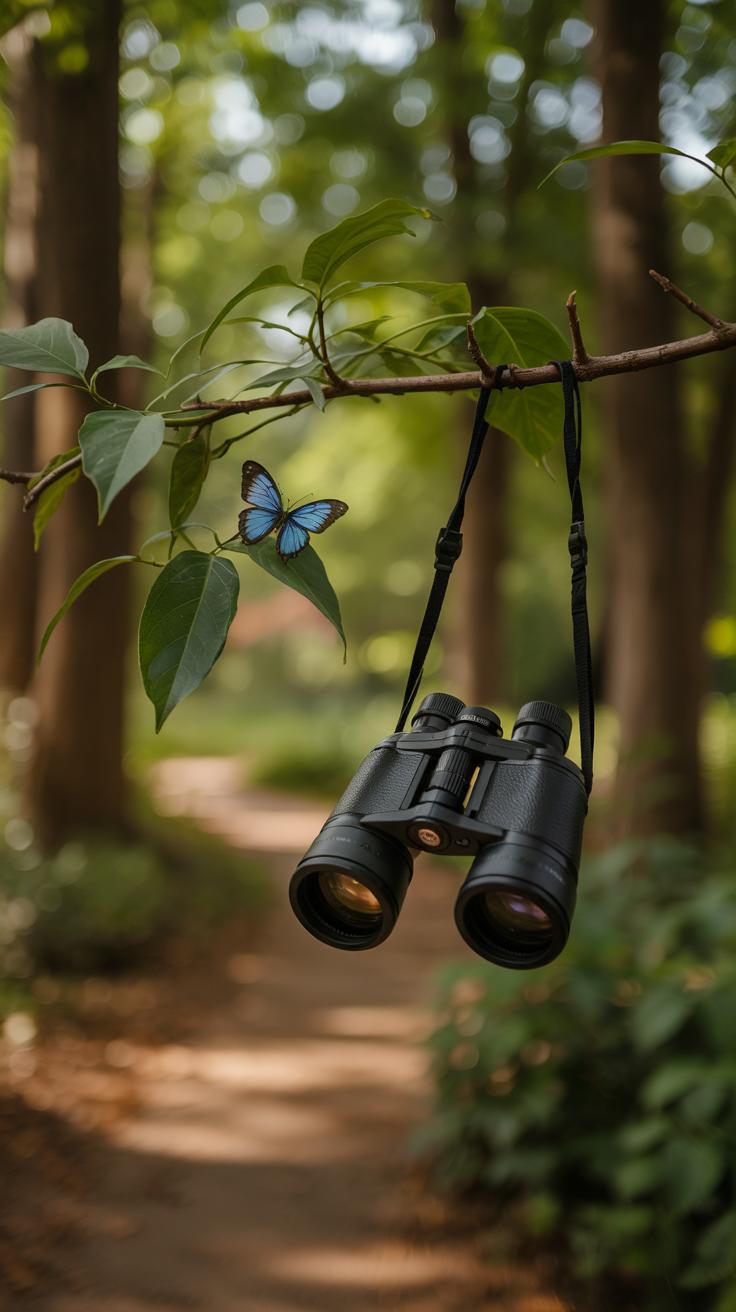
Best Locations and Timing
Blue butterflies favor certain habitats like open meadows, woodland edges, and flower-rich grasslands. If you want to see them, focus on places with plenty of wildflowers and shrubs.
Timing matters. Many blue butterflies appear during late spring and early summer when flowers bloom most. Some species show up later, so check local butterfly calendars or guides for precise dates in your area.
Look for sunny days with mild wind. Butterflies are less active during cold or rainy weather. Morning and late afternoon often offer better chances to spot them as they bask in the sun.
Have you ever noticed a small flash of blue on a leaf or near a flower? That could be a blue butterfly resting or feeding. Stay patient and watch quietly to catch these moments.
Observation and Photography Techniques
Approach blue butterflies slowly and avoid sudden movements. They are sensitive to disturbance and might fly away if startled.
Use a zoom lens or binoculars to observe details without getting too close. If you want to photograph one, position yourself at a low angle to capture its vibrant wing color.
Try to shoot in natural light, avoiding flash. This avoids disturbing them and produces better photos. Take multiple shots from different angles but pause often to let the butterfly relax.
Consider recording notes on behavior, host plants, and location. These details help build knowledge and support conservation efforts.
What stories could your photos and notes tell about blue butterflies in their natural home? Observing them responsibly means you contribute to their protection rather than harm.
Steps You Can Take to Protect Blue Butterflies
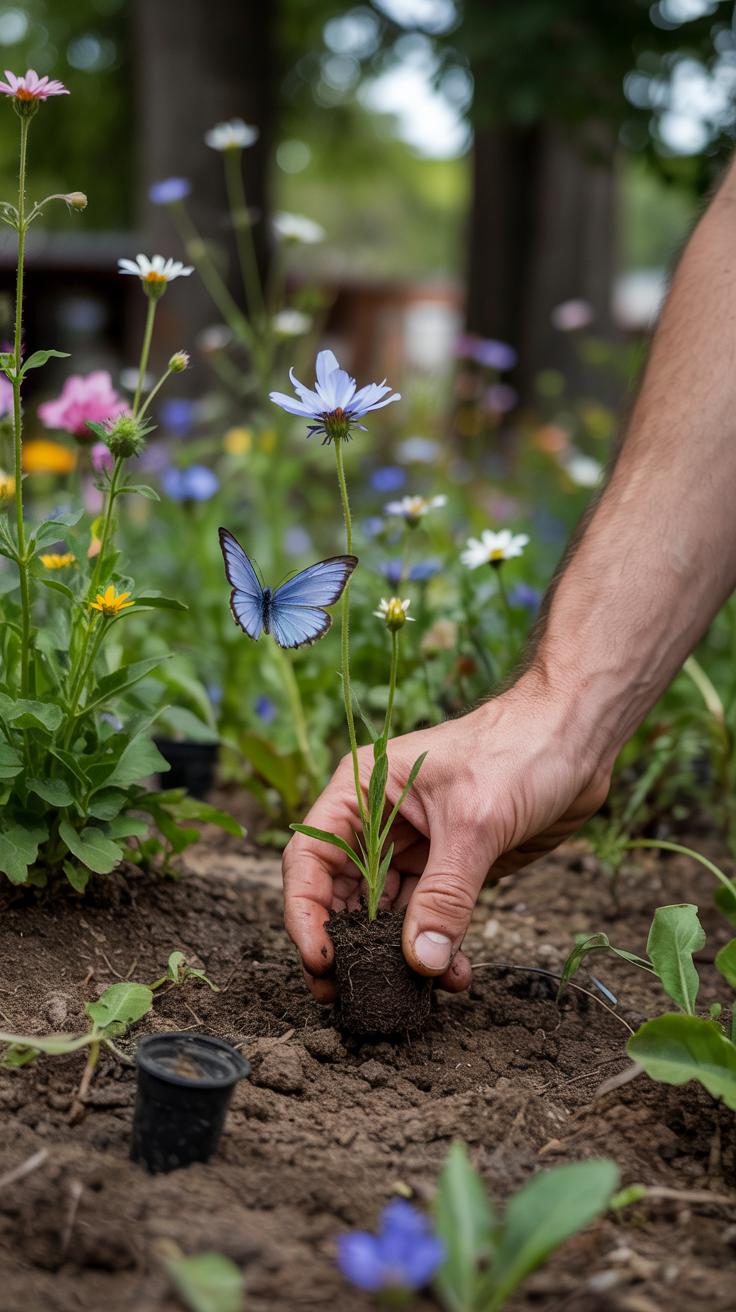
You can help blue butterflies by creating safe spaces in your own yard. Planting native flowers that provide nectar and host plants for caterpillars offers food and shelter. Milkweed, clover, and wild lupine attract many blue butterfly species. Avoiding chemical pesticides keeps their habitat healthy and free from harmful toxins.
Think about your neighborhood. Is there room to add butterfly-friendly plants in parks or community gardens? Your small actions can create corridors that butterflies use to move safely between habitats.
Joining local conservation groups connects you with others who share your concern. These groups often organize habitat restoration projects and advocate for protecting natural areas where blue butterflies live. Have you checked if your town has a butterfly or pollinator-friendly initiative that you can support?
Gardening for Butterflies
Plant flowers that provide nectar throughout the growing season to support adult blue butterflies. Native species such as asters, goldenrod, and coneflowers are good choices. These plants invite butterflies to rest, feed, and lay eggs.
Steer clear of pesticides and herbicides. These chemicals harm butterfly eggs, larvae, and adults. Instead, use natural pest control methods like encouraging ladybugs or manually removing pests. Healthy soil and a variety of plants also keep butterfly populations strong.
Your garden can become a refuge. Simple changes like adding a shallow water source or leaving leaf litter can help butterflies survive the winter. What flowers bloom near your home from spring to fall? Consider planting some to attract blue butterflies year-round.
Community and Advocacy
Joining conservation groups amplifies your impact. These organizations often work to protect habitats through local policies and educate the public about butterfly needs. Your voice can influence city councils or park boards to limit development on butterfly habitats.
Volunteer for habitat restoration events to help plant native species and remove invasive plants. These hands-on actions improve the environment for blue butterflies and other pollinators.
Contact your elected representatives about supporting laws that protect natural areas and reduce pesticide use. Have you ever attended a town meeting or emailed a legislator about local conservation? Your participation matters and can lead to stronger protections for blue butterflies.
Conclusions
Understanding blue butterflies enhances your connection to the natural world. These butterflies symbolize both beauty and ecological balance. By learning about their types and habitats, you gain tools to recognize these species during outdoor explorations. Will you look for these blue gems on your next nature walk?
Conservation is key to keeping blue butterfly populations healthy. As you learn about their life cycles and threats, you can support efforts to protect their environments. Your awareness can make a difference in preserving these striking creatures for future generations. What steps will you take to support butterfly conservation?


